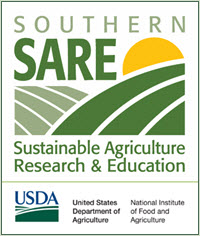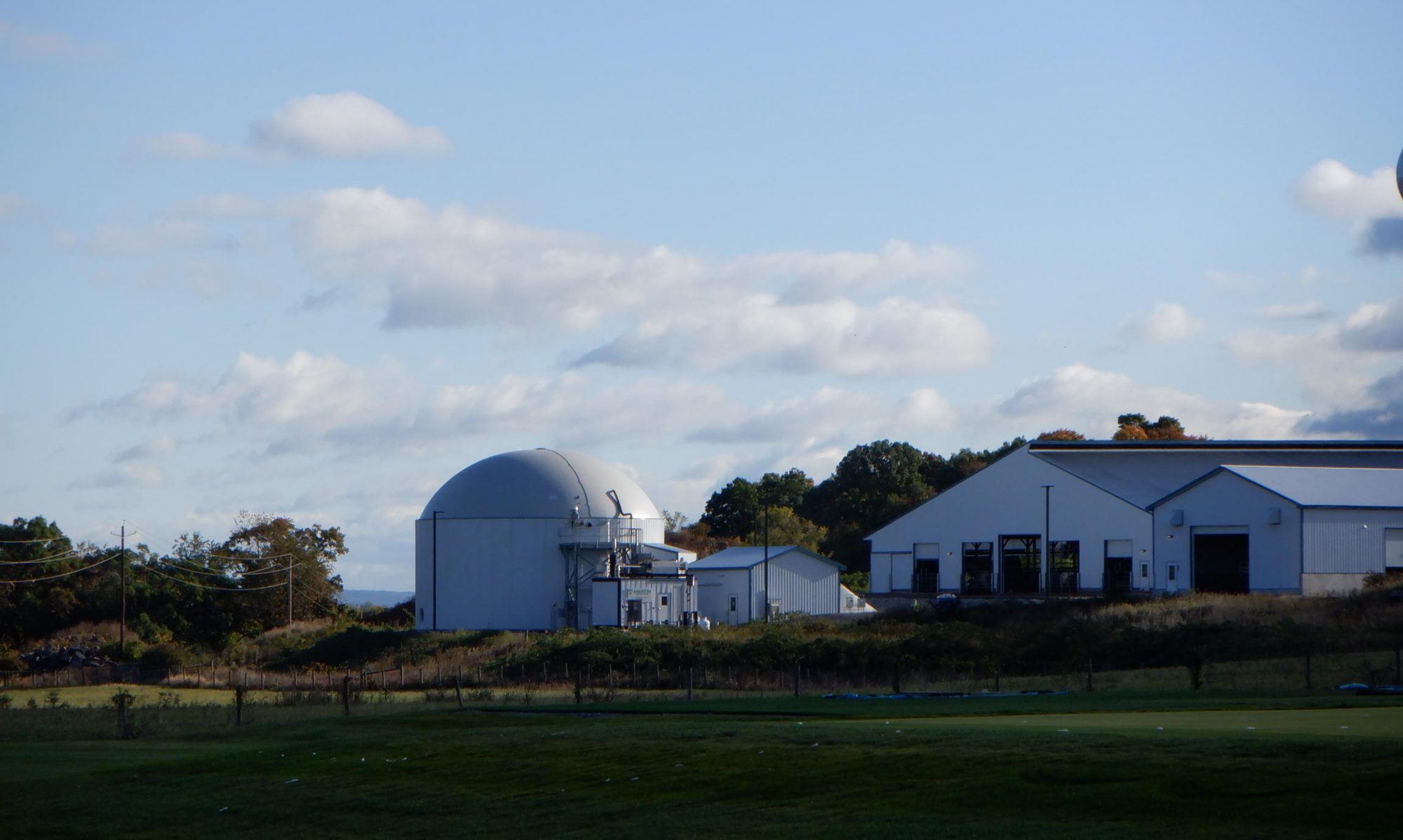This Types of Native Warm-Season Grasses for Bioenergy module is part of the Biomass Energy Training Curriculum, 13 modules developed through a Southern SARE grant and collaboration between Tennessee State University, the University of Tennessee, eXtension.org, and USDA-Rural Development. While it is written as a training guide for TN producers, much of the information is applicable throughout the Southeastern US region.
This curriculum is designed to increase the knowledge base of extension agents and local officials on biomass energy; so that they may, in turn, provide this information to their stakeholders.
Link to the full Biomass Energy Training Curriculum

This module covers: Switchgrass, big bluestem, little bluestem, indiangrass, eastern gamagrass, and the advantages and disadvantages of these feedstocks.
Learning objectives: Participants will be able to explain the differences between the 5 types of native warm-season
grasses and identify the advantages and disadvantages of using native warm-season grasses.
Curriculum Materials – Types of Native Warm-Season Grasses for Bioenergy:
- Presentation slides
- Participant handout
- Lesson guide – provides informative notes, test questions, and an evaluation form.
- Factsheet: Native warm-season perennial grasses for drought management in forage production, Tennessee State University ANR-B4. 2013.
More Information from other specialists:
- References and Additional Resources for Biomass Training Curriculum
- Renewable Energy Resources – Sustainable Agriculture Research and Education (SARE) Learning Center
- Factsheets from Extension feedstock specialists across the U.S.– eXtension.org
- Training course: Bioenergy Crop Production – eXtension.org

Module Author Jason de Koff is an Associate Professor of Agronomy and Soil Science for Tennessee State University’s Department of Agricultural and Environmental Sciences. His research focuses on bioenergy crop production, with specific interests in switchgrass and winter canola production. His extension training programs and educational resources provide current bioenergy production information to producers. Find his latest on Twitter: @TSUBioenergy
These training resources are freely available for educational purposes under the terms of Creative Commons Attribution-NonCommercial-NoDerivatives 4.0 International License. Please provide attribution: The Biomass Energy Training Curriculum by Jason de Koff, Tennessee State University; funded by Southern SARE.
If you wish to adapt these curriculum materials for your own educational purposes, please contact the Curriculum Author for permission and files:

 Specialists from Tennessee State University, the University of Tennessee, eXtension.org, and USDA-Rural Development developed this Biomass Energy Curriculum, with funding from Southern SARE.
Specialists from Tennessee State University, the University of Tennessee, eXtension.org, and USDA-Rural Development developed this Biomass Energy Curriculum, with funding from Southern SARE.
The Sustainable Agriculture Research and Education (SARE) program’s mission is to advance—to the whole of American agriculture—innovations that improve profitability, stewardship and quality of life by investing in groundbreaking research and education. SARE is supported by the National Institute of Food and Agriculture (NIFA), USDA. www.sare.org.


